Studies in Stock Speculation (Volume 1 and 2)
$21.79
| Author(s) | |
|---|---|
| Product Type |
Ebook |
| Format |
|
| Skill Level |
Intermediate to Advanced |
| Pages |
410 |
| Publication Year |
1926 |
| Delivery |
Instant Download |
“Studies in Stock Speculation” (Volumes I & II) by H. J. Wolf is one of the most intellectually rigorous examinations of market behavior ever produced during the formative early decades of Wall Street speculation. Written for serious traders rather than casual observers, these two volumes offer a remarkably clear analysis of how price, volume, psychology, and operator tactics come together to create the underlying structure of market movements.
Rather than presenting theories in abstraction, Wolf dissects real market campaigns, reenacts speculative episodes, evaluates operator strategies, and explains how professional traders of the era read the tape and interpreted market action. Across both volumes, Wolf unpacks the causes behind price swings, the psychology that fuels trends, the methods used by large operators to accumulate and distribute stock, and the subtle signs that reveal accumulation, manipulation, or exhaustion.
Presented in a classic, direct, and deeply analytical style, these works distill timeless principles of speculation that remain relevant in today’s markets. Wolf’s focus on reading the market itself—without indicators, formulas, or unnecessary complexity—places these books firmly within the tradition of pure price-action analysis. Traders who internalize Wolf’s logic will elevate their understanding of market structure, operator behavior, risk, and timing.
These volumes form a unified educational system: Volume I builds conceptual foundations and practical rules, while Volume II expands into deeper case studies, market psychology, operator behavior, and advanced principles of speculation. They belong in the library of every trader seeking mastery of pure market reading.
✅ What You’ll Learn
- How professional operators accumulate, distribute, and manipulate price.
- The foundational principles behind trend formation, corrections, and reversal dynamics.
- How to analyze the market using price and volume behavior rather than indicators.
- The psychological underpinnings of greed, fear, conviction, and operator advantage.
- How supply and demand manifest visibly in price behavior.
- Why speculation failures occur and how professionals avoid them.
- How to correctly interpret pools, campaigns, leadership, sponsorship, and market tone.
- Timeless principles for timing entries and exits based on observable market action.
- The practical art of tape reading, market observation, and pattern recognition.
💡 Key Benefits:
- Builds a deep conceptual foundation for understanding real market behavior.
- Reveals tactics used by early Wall Street professionals—still applicable today.
- Teaches traders how to read the market without reliance on indicators.
- Sharpens judgment, discipline, and timing skills essential for speculation.
- Offers richly detailed historical examples that illuminate operator behavior.
- A timeless resource that strengthens both strategic thinking and execution discipline.
👤 Who This Book Is For:
- Intermediate to advanced traders seeking depth, not surface-level methods.
- Tape readers, price-action traders, and discretionary analysts.
- Students of classical market behavior and early Wall Street strategy.
- Traders looking to understand operator campaigns and market psychology.
- Anyone wanting to build a solid conceptual framework for speculation.
📚 Table of Contents:
Volume I:
- Speculation an Art, Not a Game
- Manipulation
- How to Profit When Stocks are Being Marked Up
- Ways of Detecting the Turning Points
- Sell Stocks When Support Is Strongest
- Right Method of Accumulating
- A Word to the Amateur
- Short Selling
- Picking the Peak to Sell
- The Laws of Speculation
- Lessons Taught by Speculation
- Trading as a Business
- Trading as a Career
- How to Study the Market
- Wh~re Stop Loss Orders Fail
- How to Operate with a Close Stop
- What It Is and How to Place lt.-“Immediate Order.”
- Why Tips Are a Delusion and a Snare
- What the Beginner Must Know
- Puts, Calls, Spreads and Straddles
- Your Broker, Your Order, and the Specialist
- Long Distance Trading vs. Tape Reading
- Don’ts for the Inexperienced
- When to Go Slowly in Distributing the Risk
- Why Many Traders Lose Money
- Averaging
- The Pyramid Theory
- How Pyramids Must Be Planned and Worked Out Patience: A Virtue That May Be Overworked
- Studying the Volume
- When and How Trend Charts May Be Used
- Trading in a Bear Market
- Trading in a Bull Market
- Making Money in a Trader’s Market
Volume II:
- Ten Cardinal Principles of Trading
- How to Commit Financial Suicide
- Limitation of Losses Essential to Successful Trading
- Why Mathematical Probabilities Favor the Trader Who Follows the Trend
- Why Active Stocks Give Best Trading Results
- Buying After Reactions
- Successful Traders Know When to Sell as Well as When to Buy
- Distributing the Risk
- Don’t Let Your Profits Fade Away
- Avoiding the anger of “Marketitis”
- Knowledge of Fundamental and Technical Conditions Both Essential in Trading
- Marking Down the Original Cost
- Fundamental Factors in Investing
- How to Begin Trading
- Are Charts an Aid to Trading?
- Why the Money Market Should Be Closely Observed by Investors
- Explaining the Stock Market Cycle
- The Importance of Fundr mentals
- Development of Market Perspective 101
- Earnings as a Measurement of Stock Values
- How to Analyze a Balance Sheet
- Developing Investment Discrimination
- What Kind of a Management Has Your Company?
- Are You Getting the Facts?
- On Being Right Too Soon
- Don’t Be a Slave to Charts
- How Charts Deceive
- Distribution, or Letting the Public Get Off Which?
- Don’t Waste Time Wishing You Were In a Live Issue-Why Not Get In?
- The Significance of Hope
- Feeling for the Top
- Study Carefully the Rules of the Game Before
- You Begin to Play
- The Cost of Cupidity or, How Avarice Impairs
- The Trader’s Vision
- Following the Leaders
- Pyramiding
- Pyramiding Practice vs. Theory
Studies in Stock Speculation (Volume I & II) By H. J. Wolf
4 reviews for Studies in Stock Speculation (Volume 1 and 2)
Clear filtersOnly logged in customers who have purchased this product may leave a review.

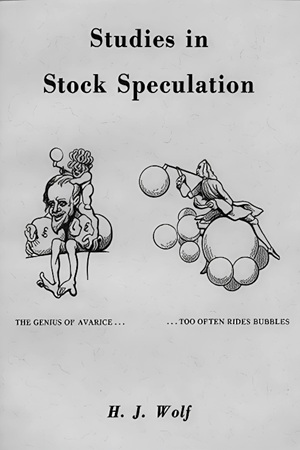



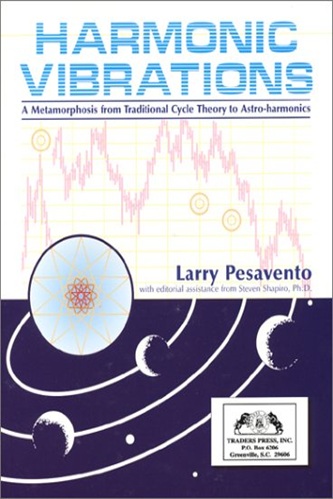
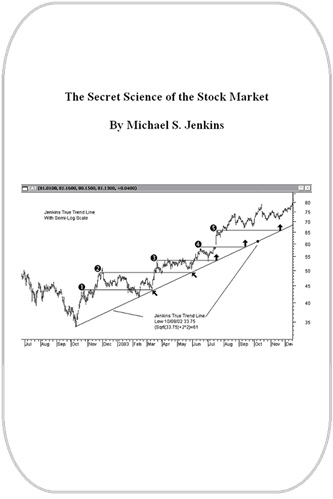
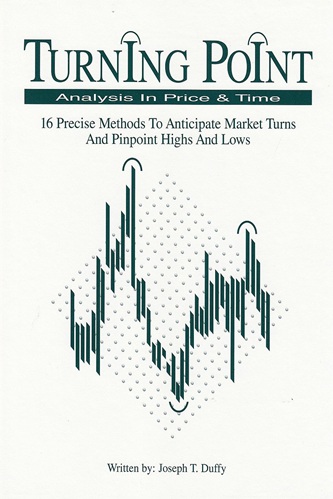
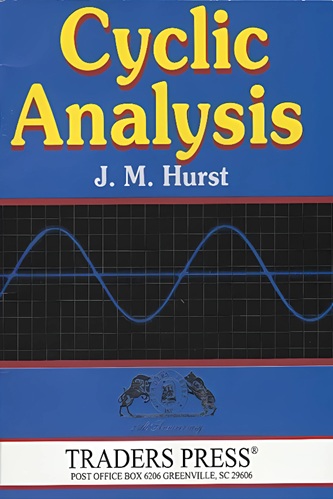

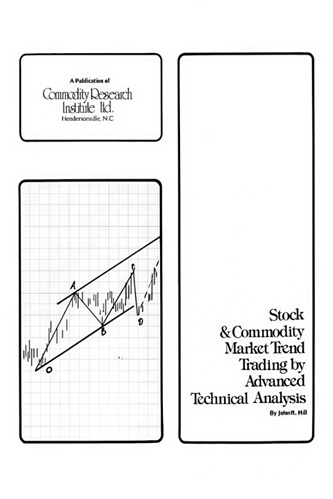
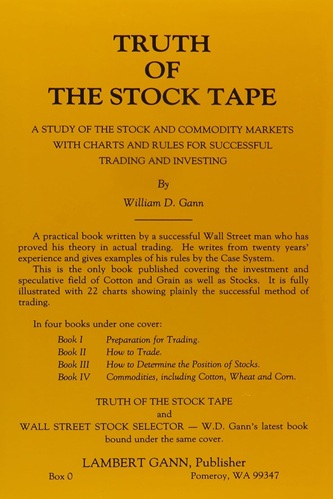

Zakai Savage (verified owner) –
A timeless masterpiece. Despite being published in the 1920s, the ten cardinal principles outlined in Volume II are still relevant and have enhanced my understanding of market dynamics. This book is a must-read for serious traders.
Amari Correa (verified owner) –
H. J. Wolf’s comprehensive analysis of speculation laws and the emphasis on disciplined trading have provided me with a solid foundation to navigate today’s markets confidently. The discussions on short selling and market psychology are especially beneficial.
Ira Lowe (verified owner) –
Insightful and educational. The detailed discussions on topics like stop-loss orders and the pitfalls of relying on tips have refined my trading strategies. A valuable addition to any trader’s library, though some chapters could benefit from modern context.
Luella Chung (verified owner) –
An invaluable resource! Wolf’s insights into treating speculation as both an art and a science have profoundly transformed my trading approach. The chapters on detecting market turning points and effective accumulation strategies are particularly enlightening.